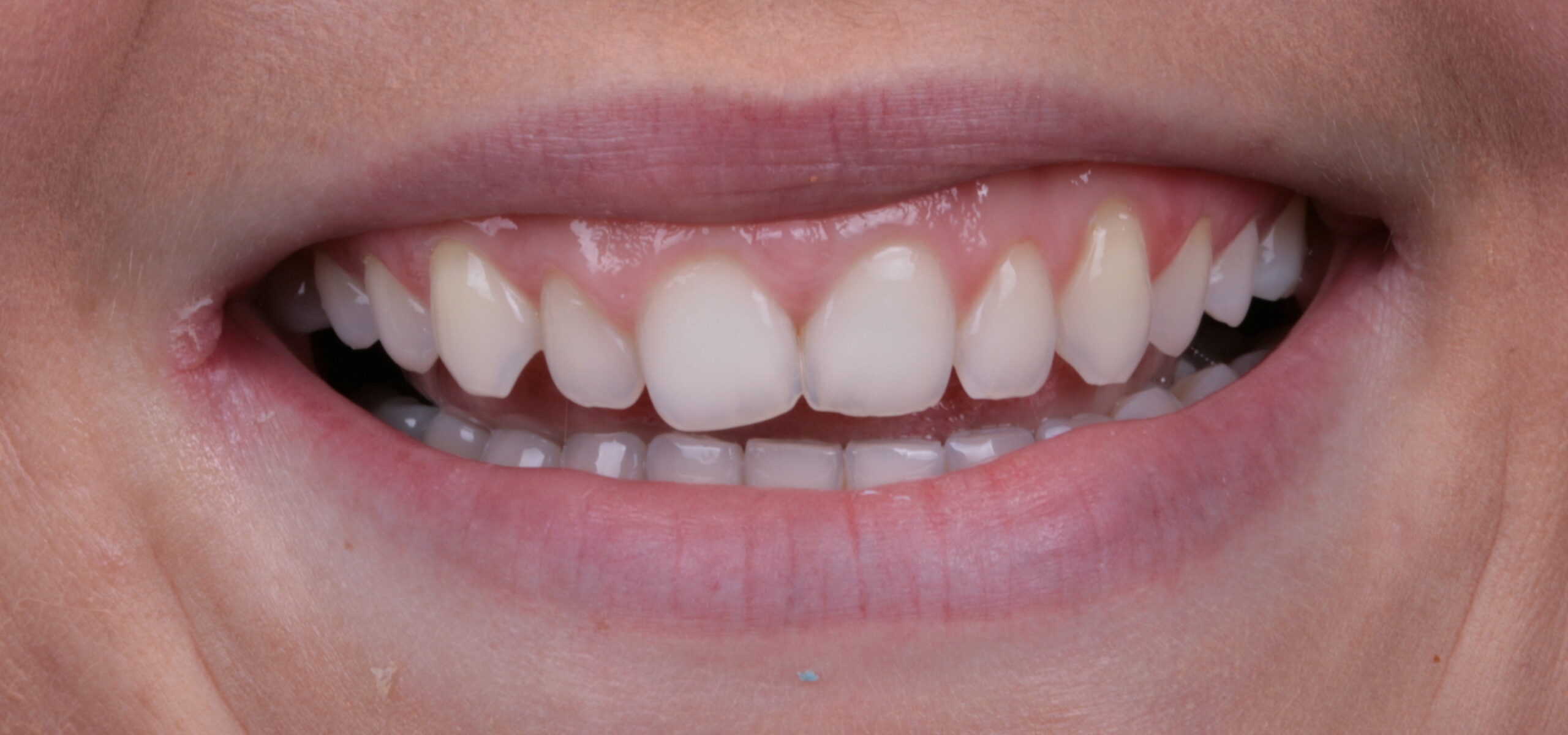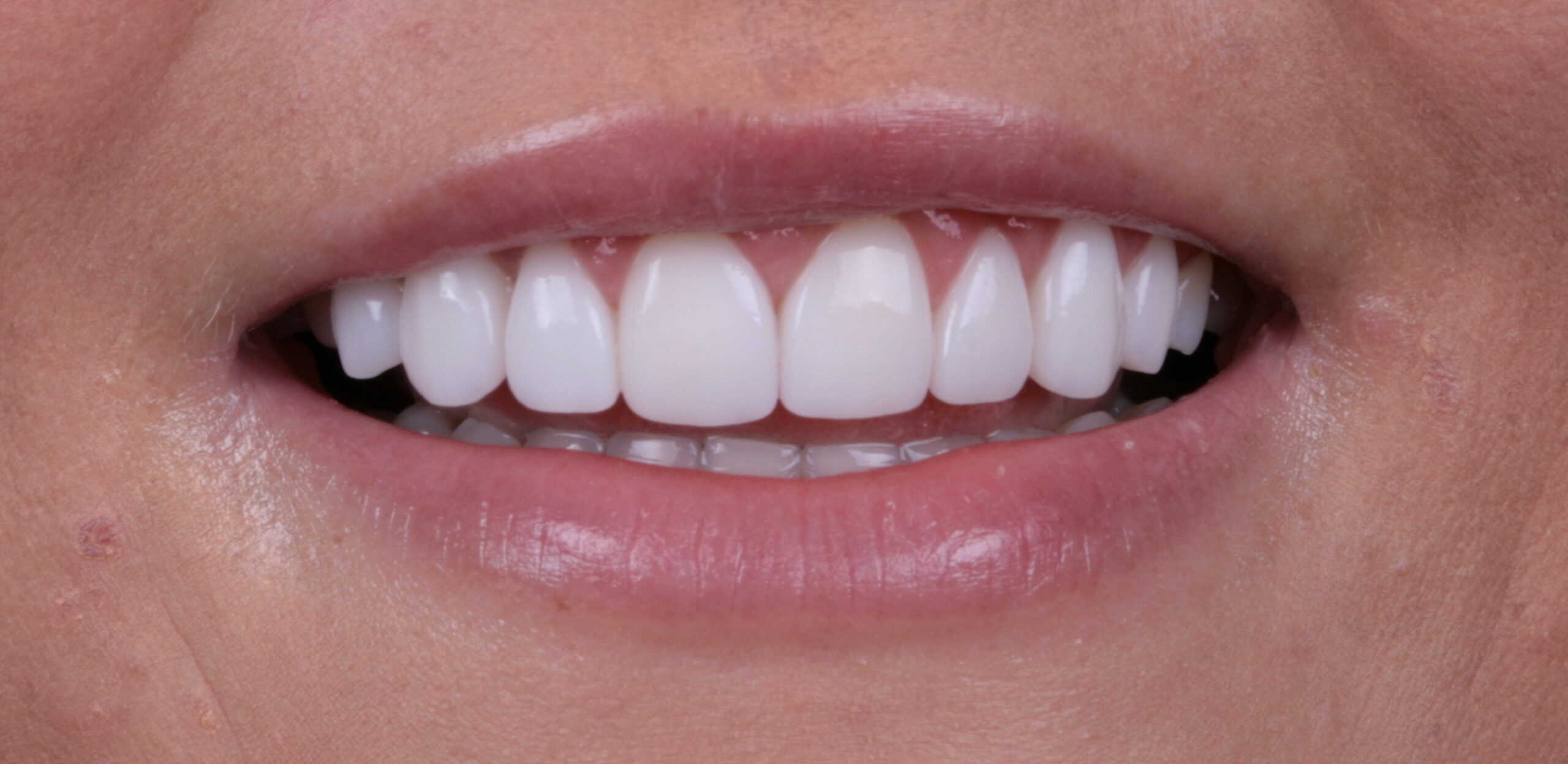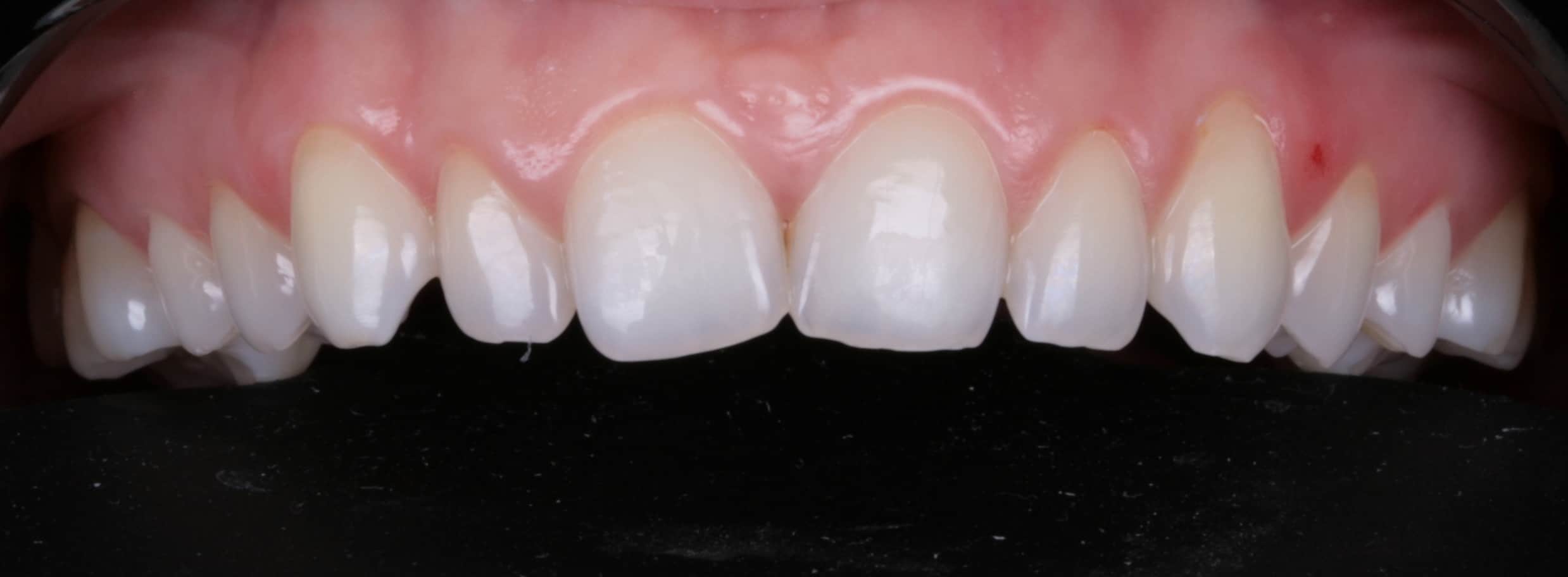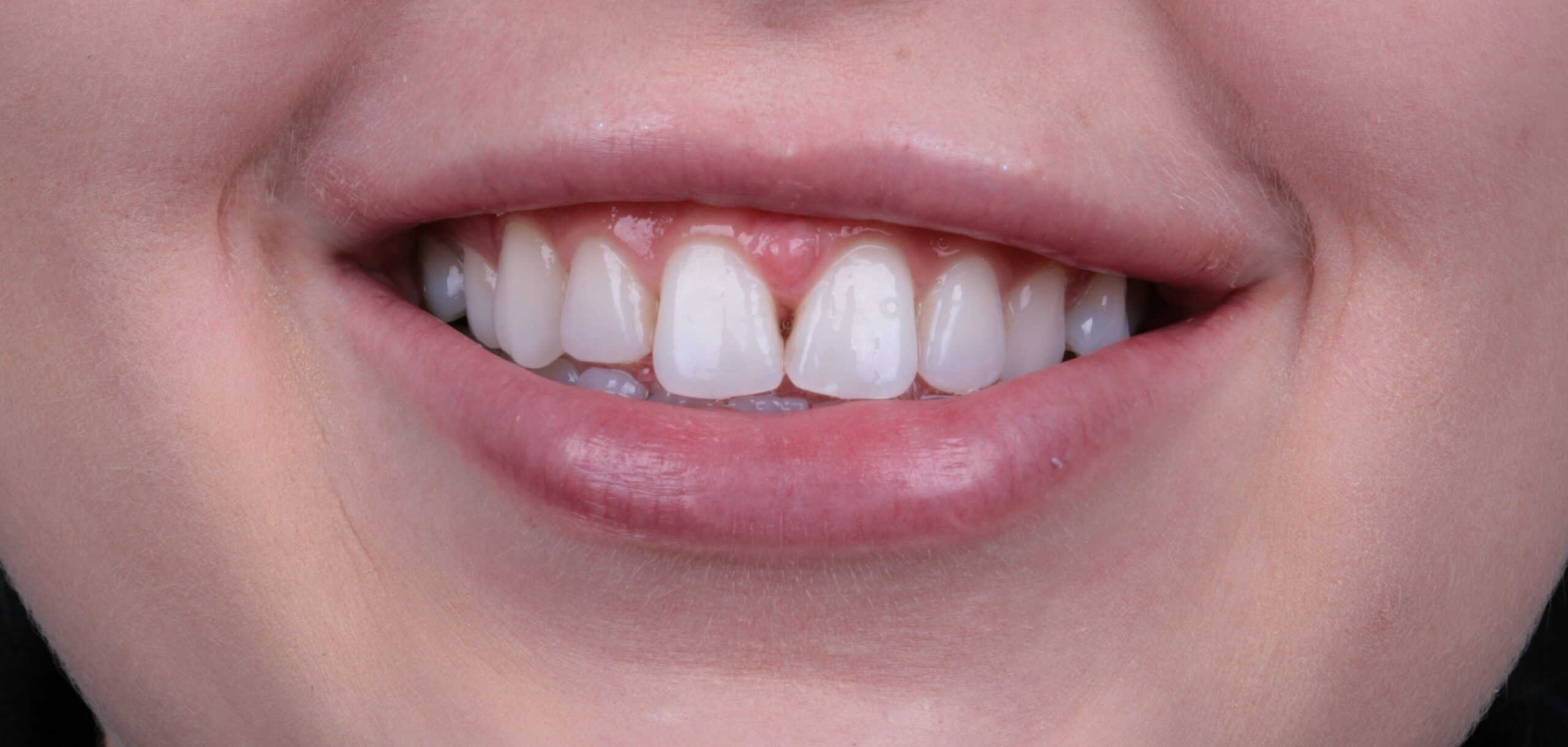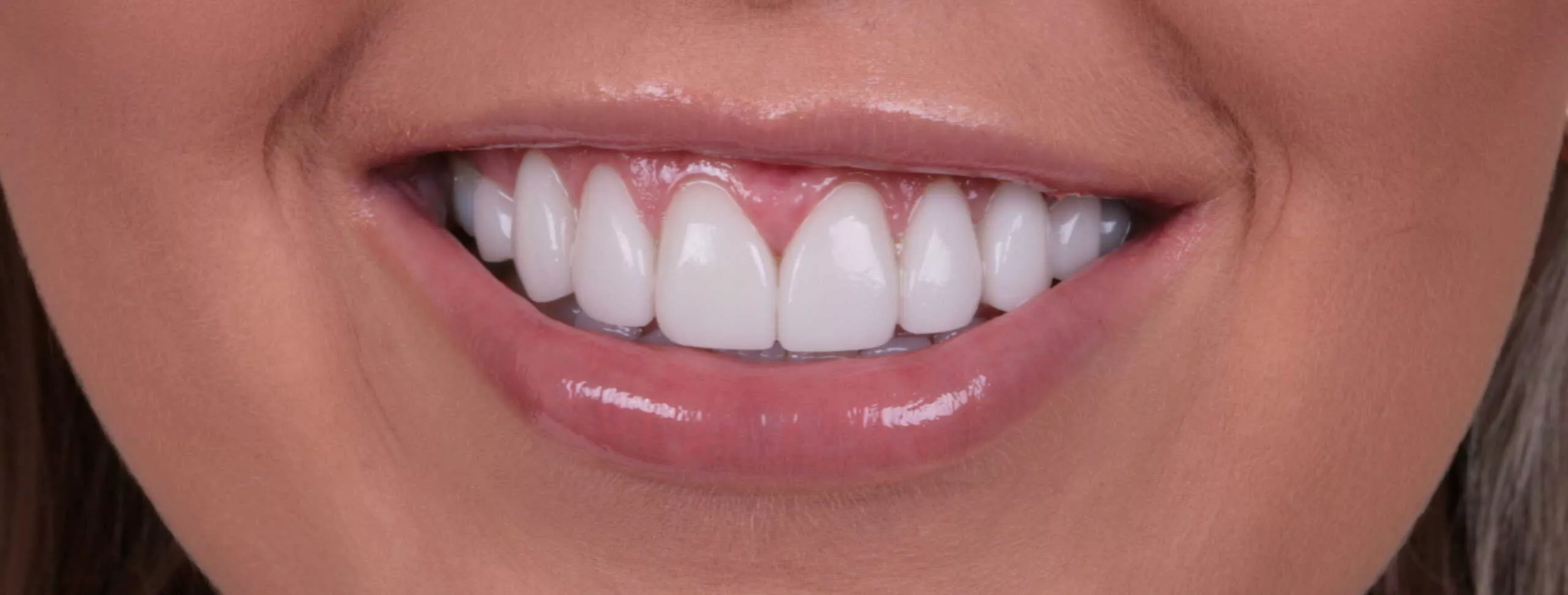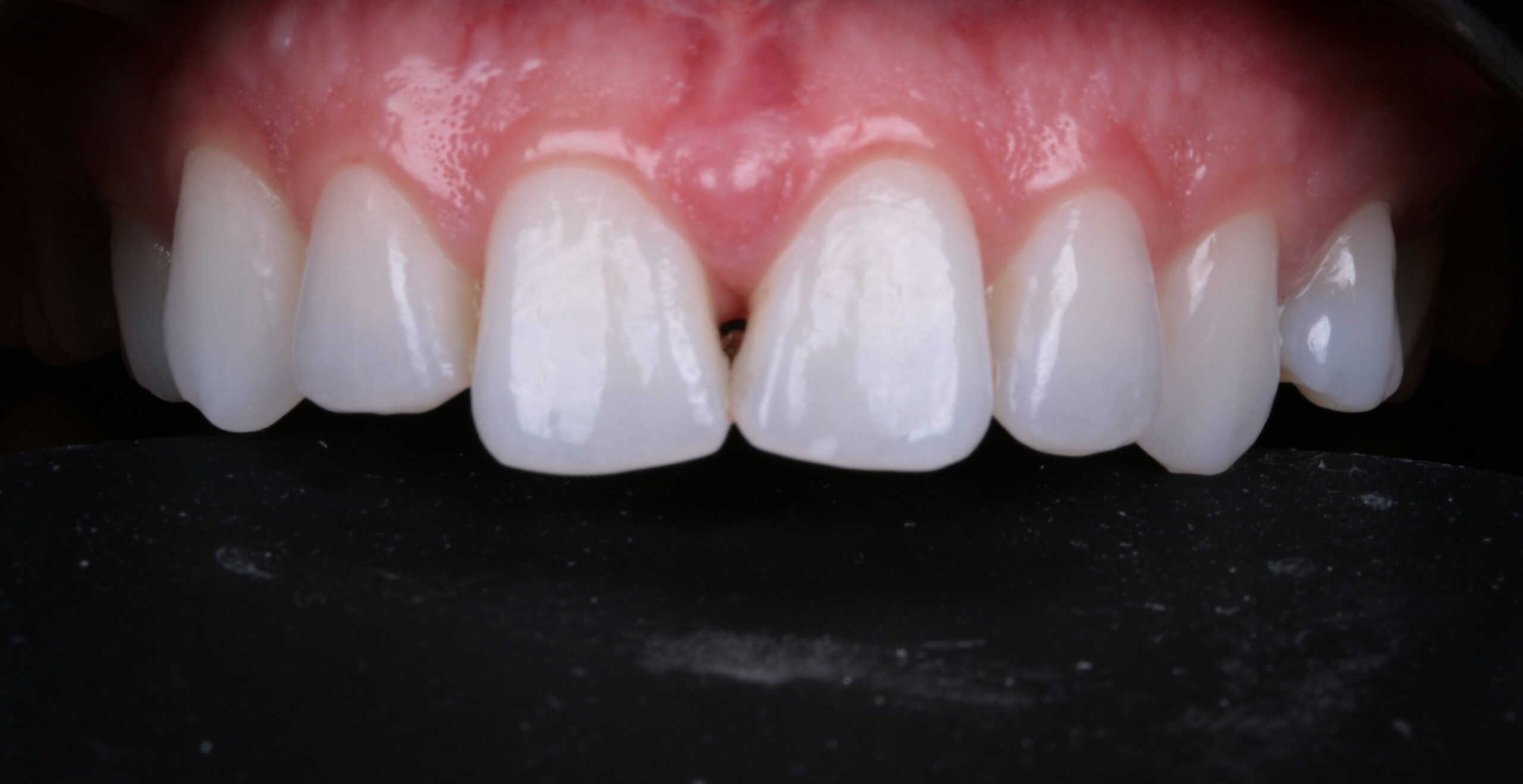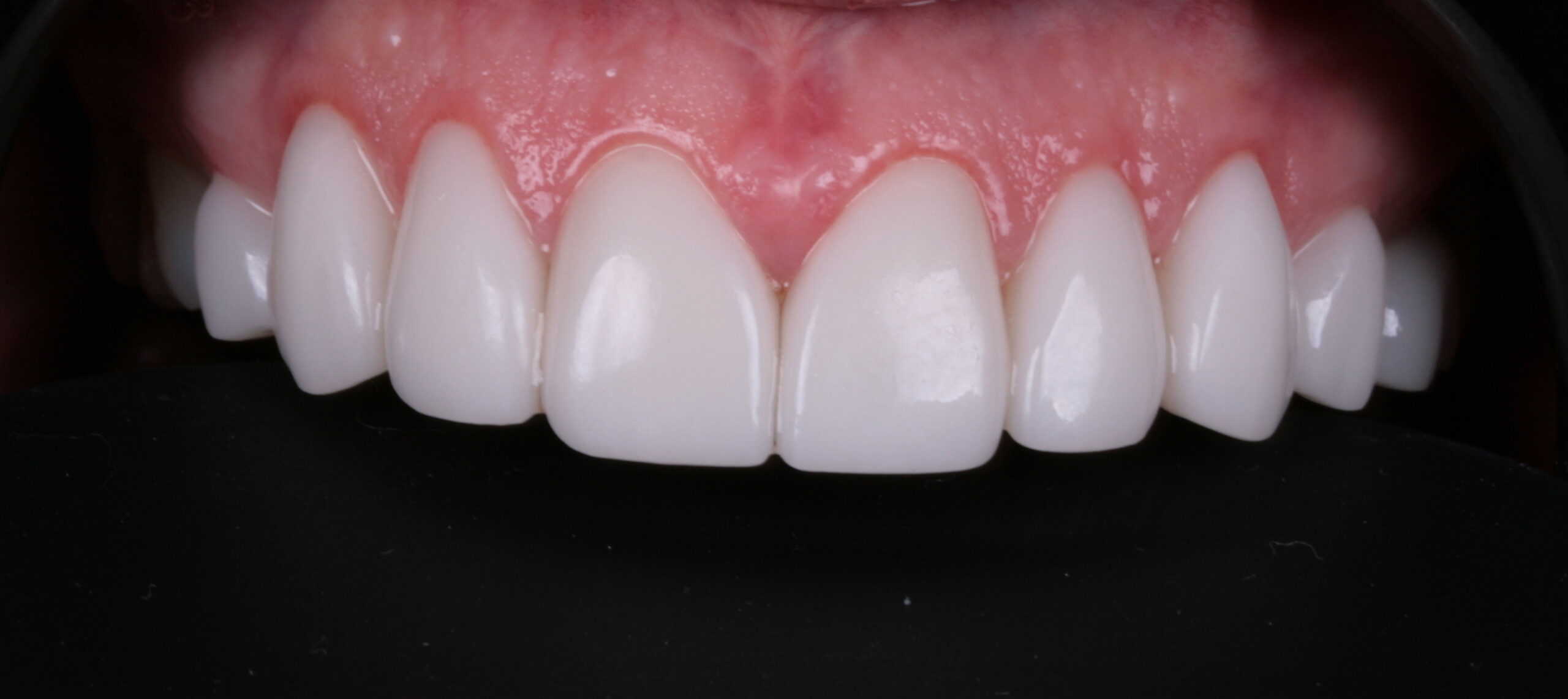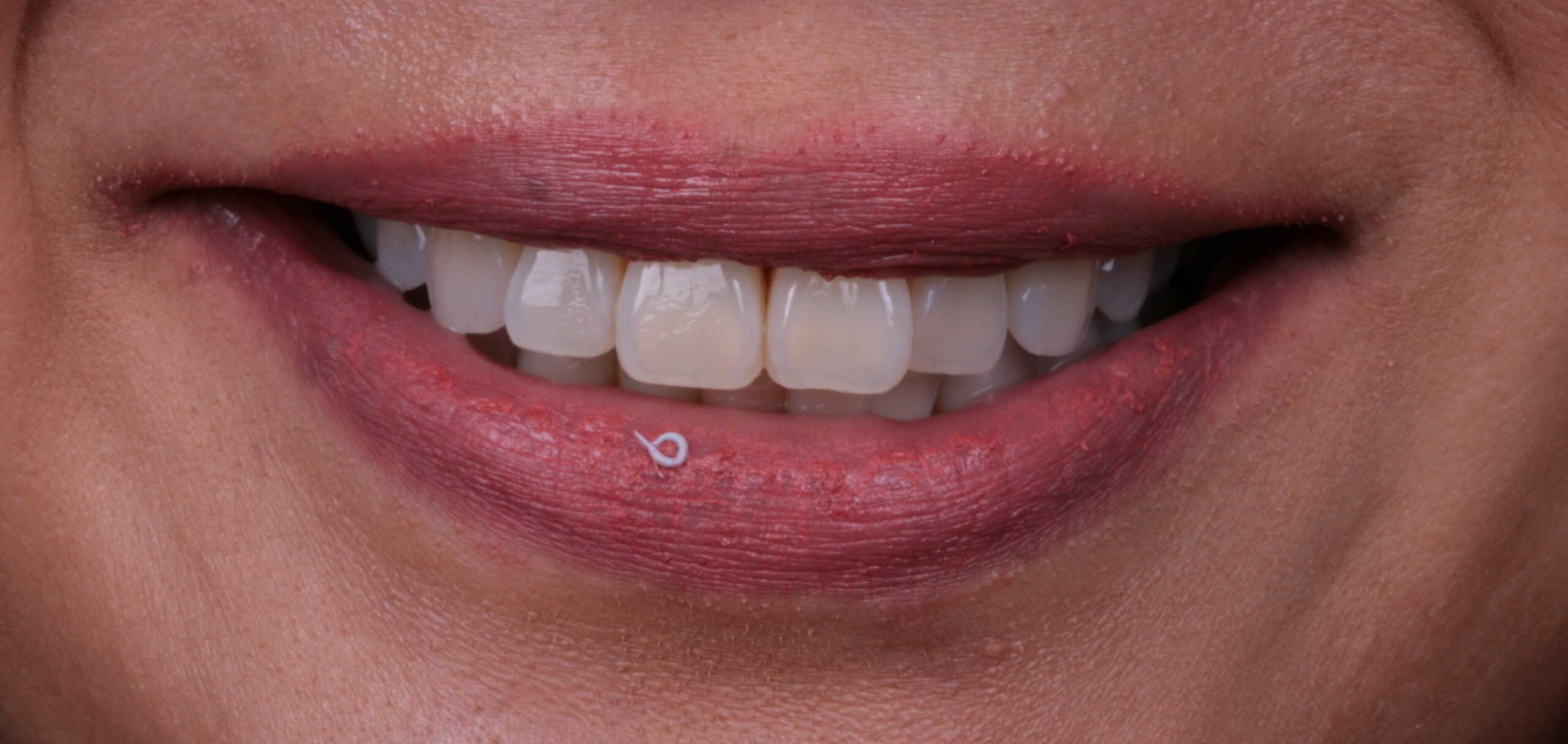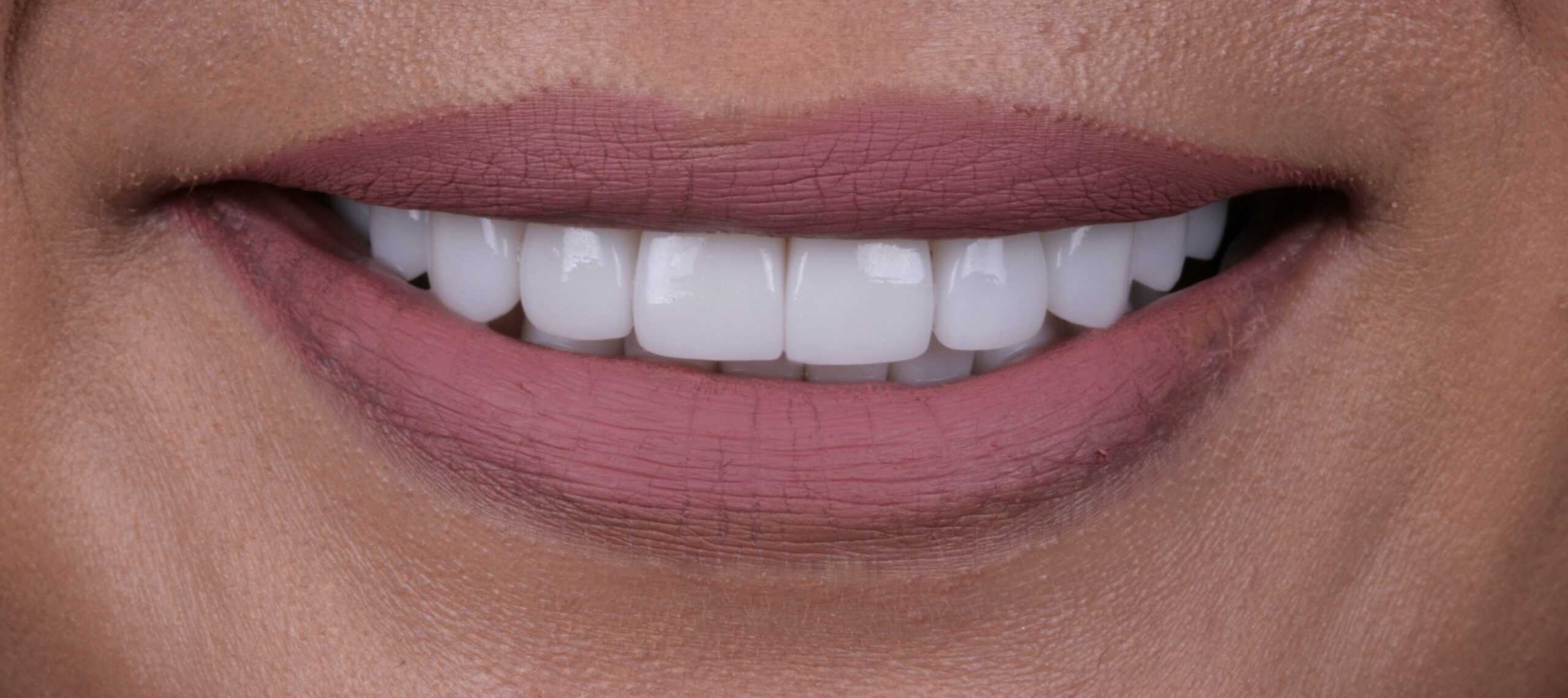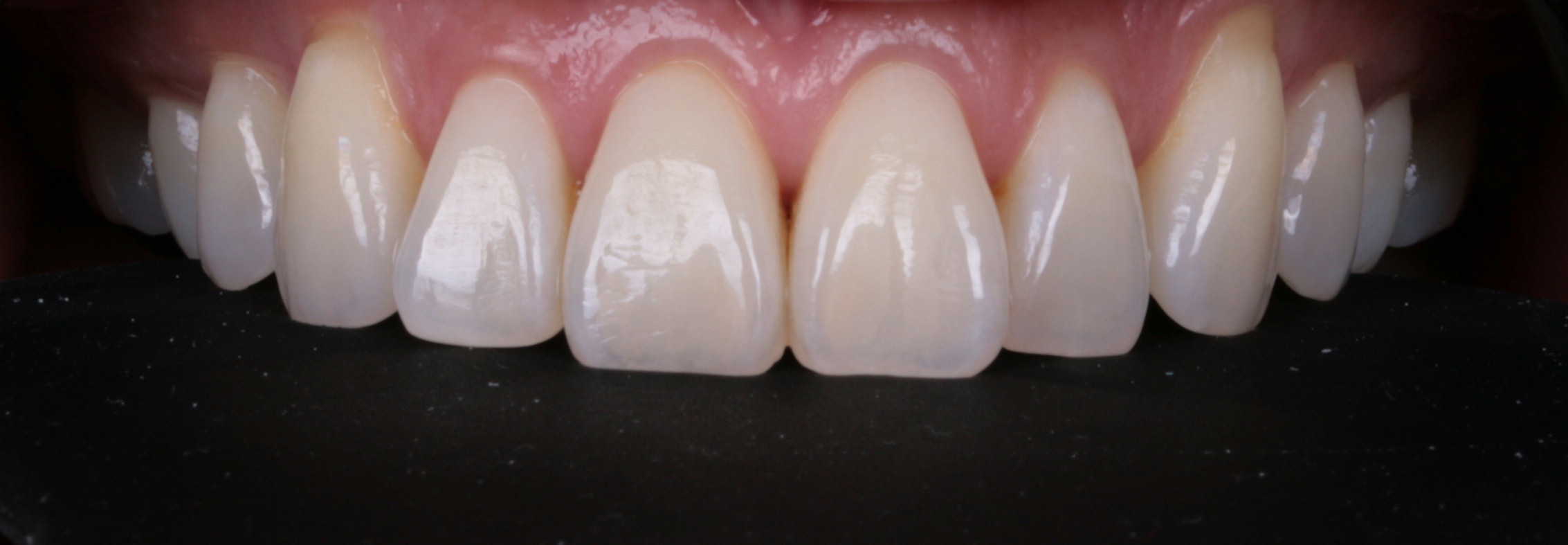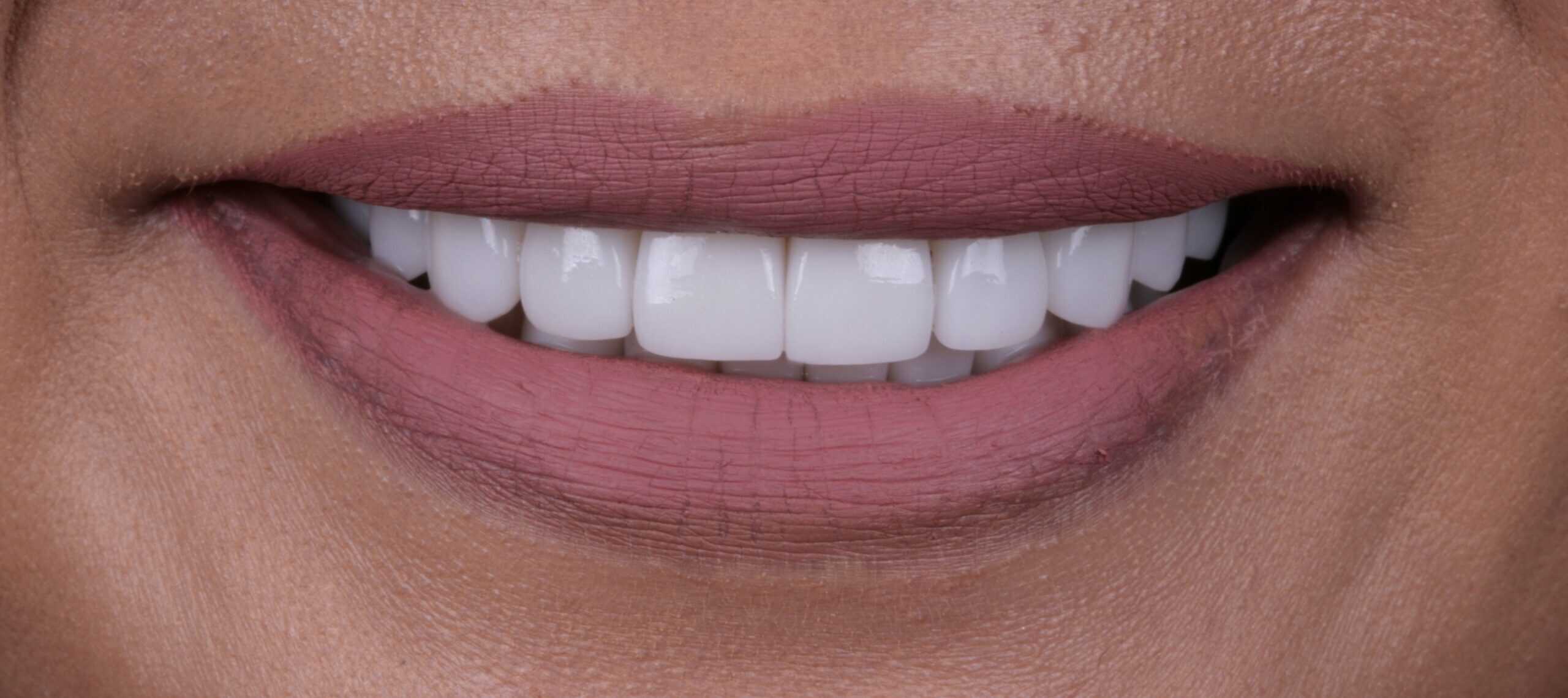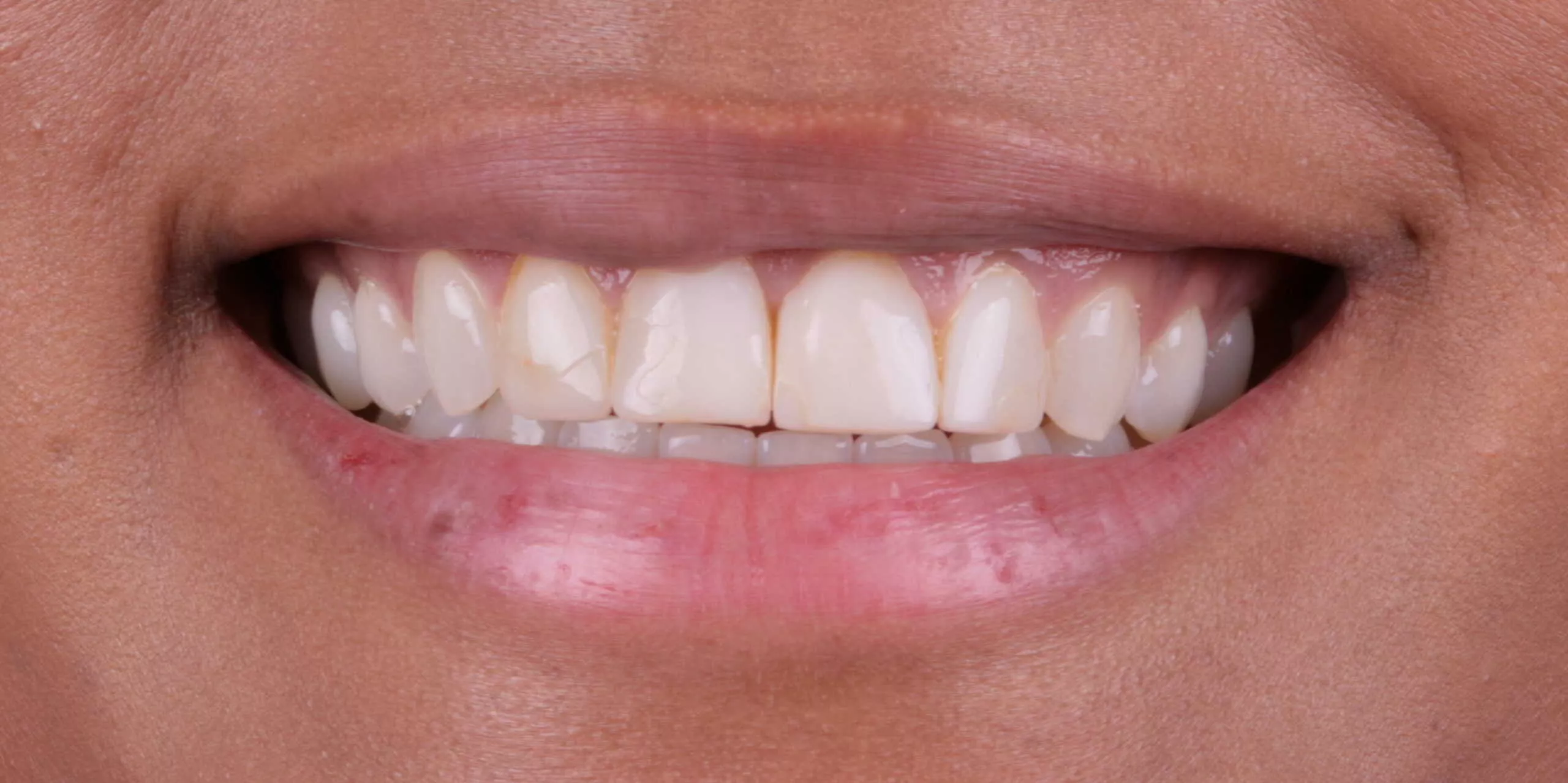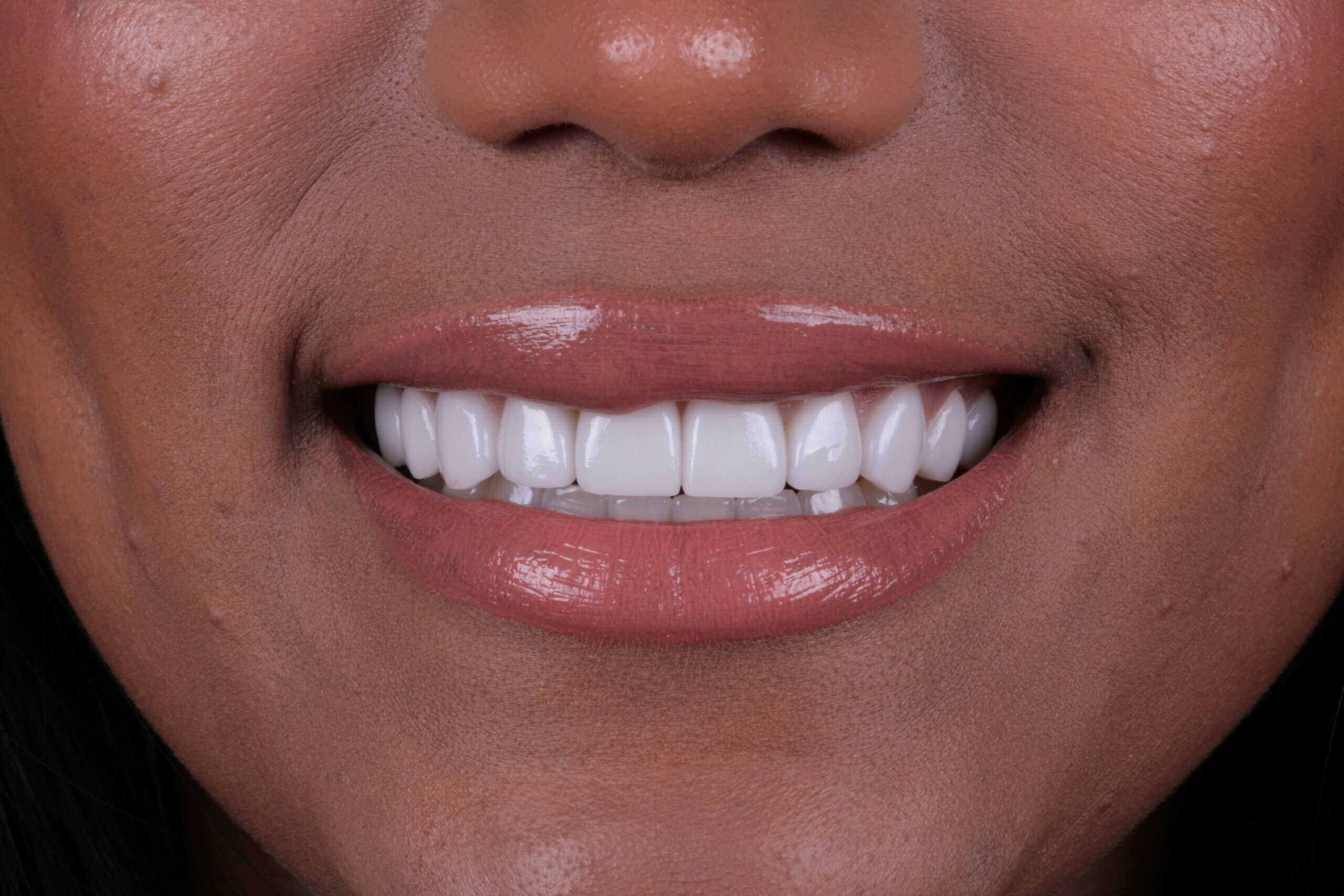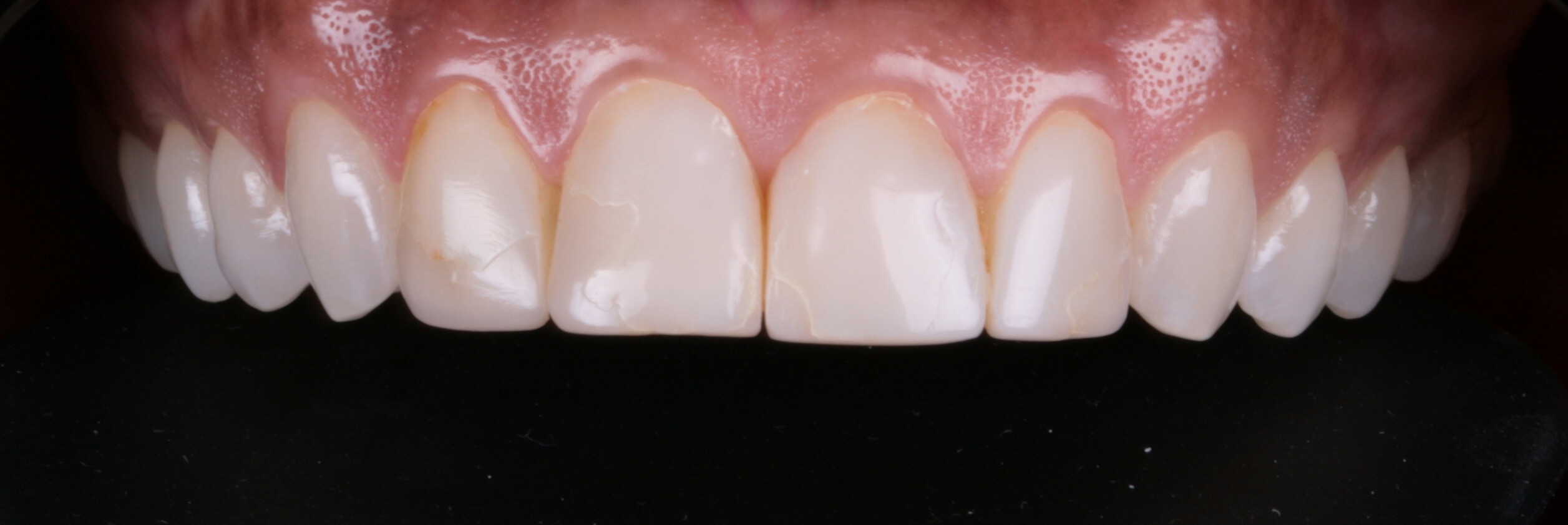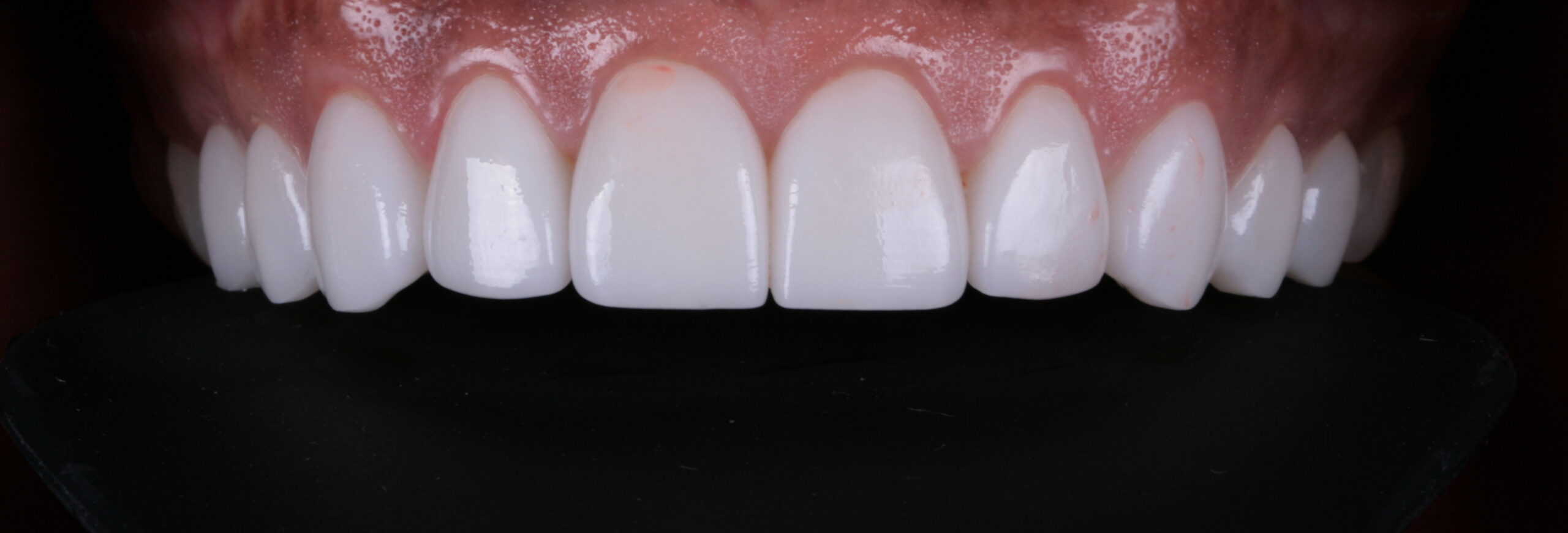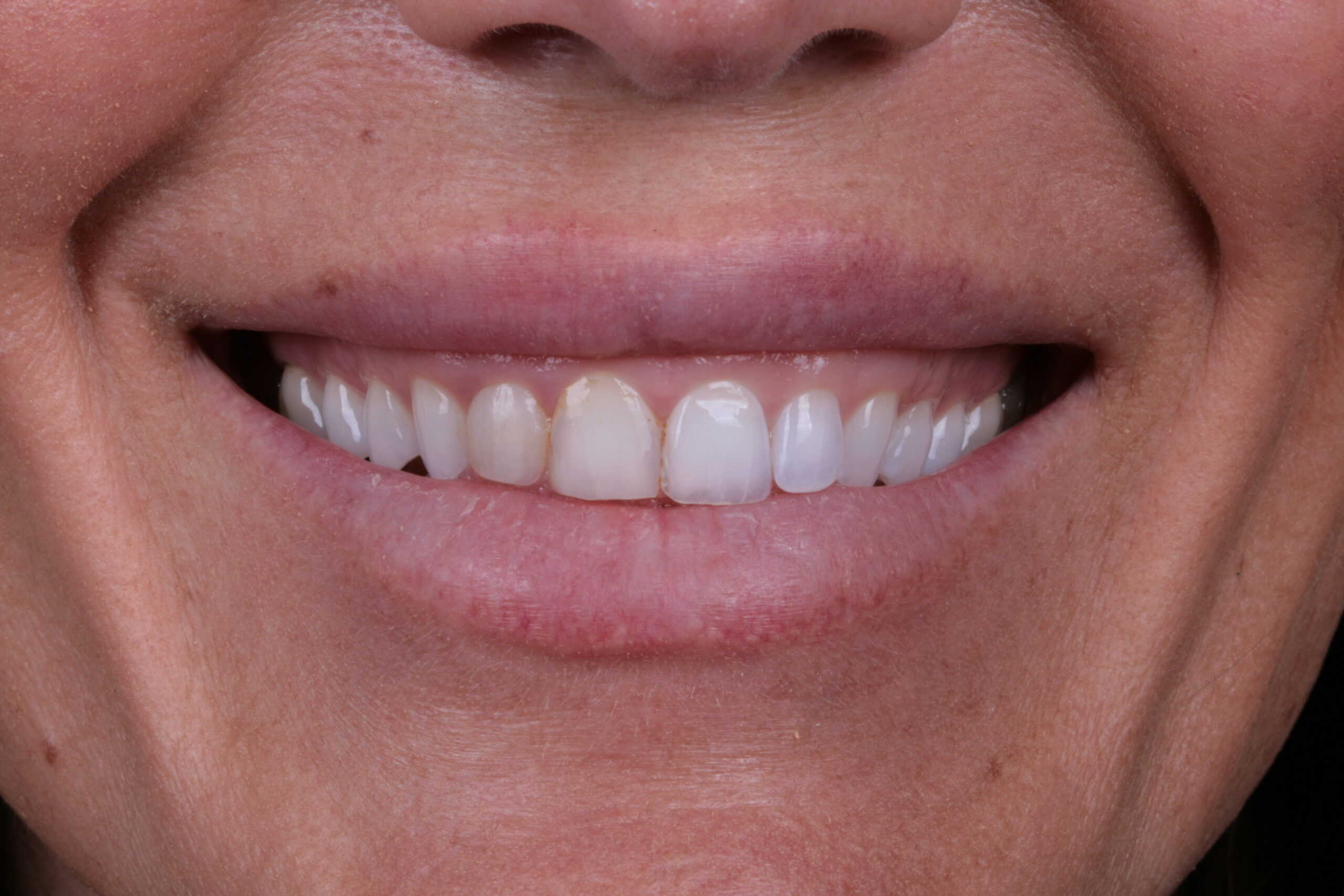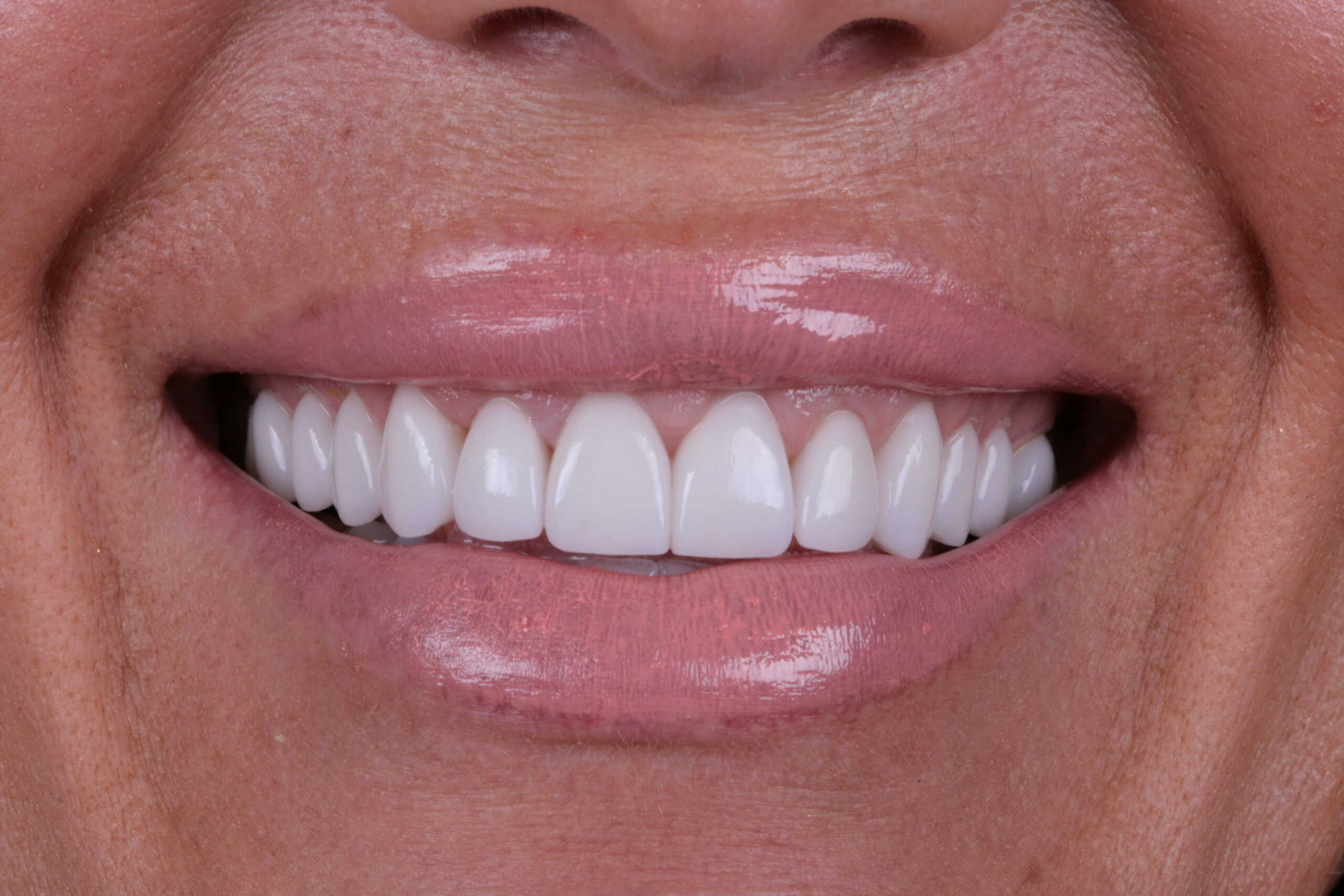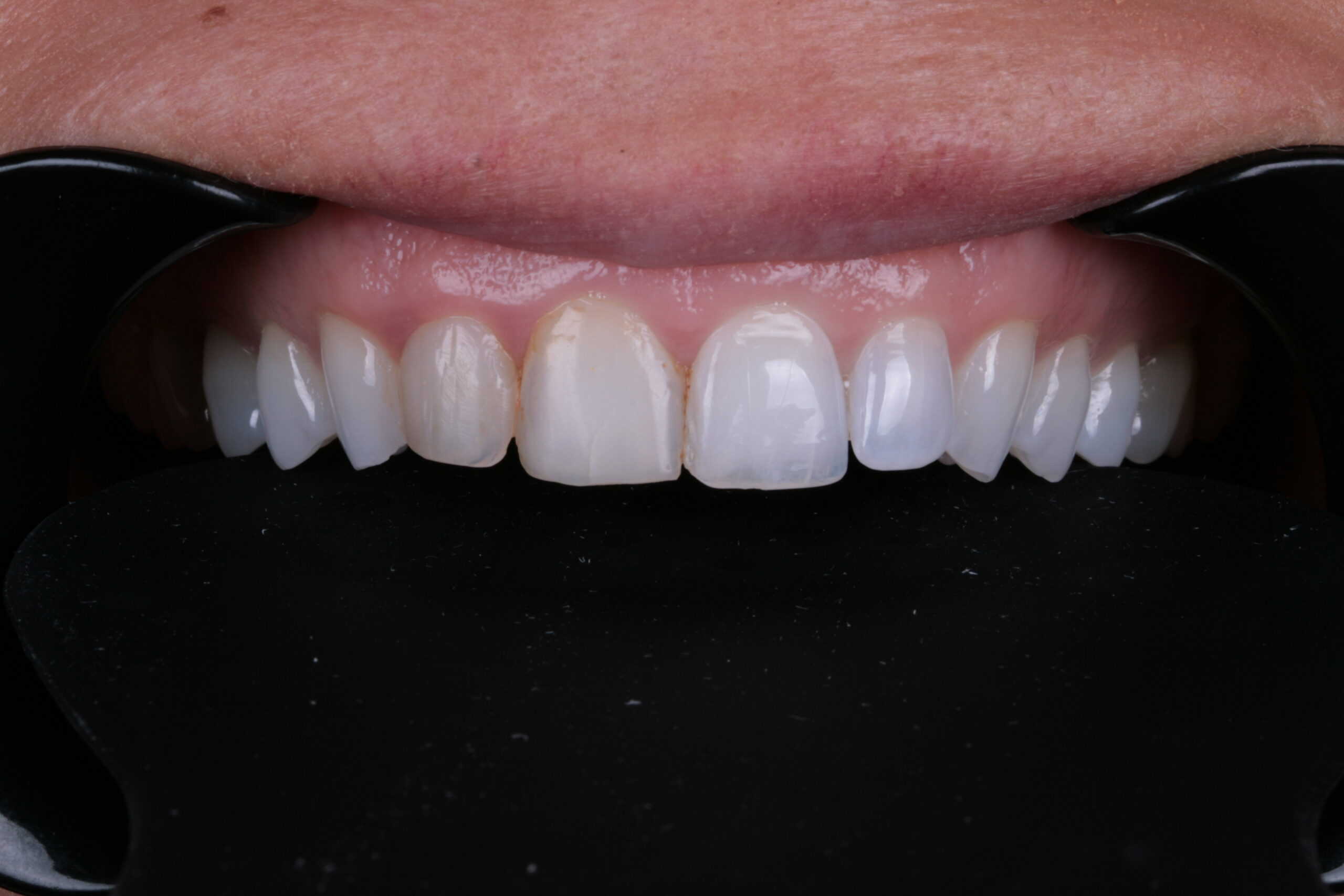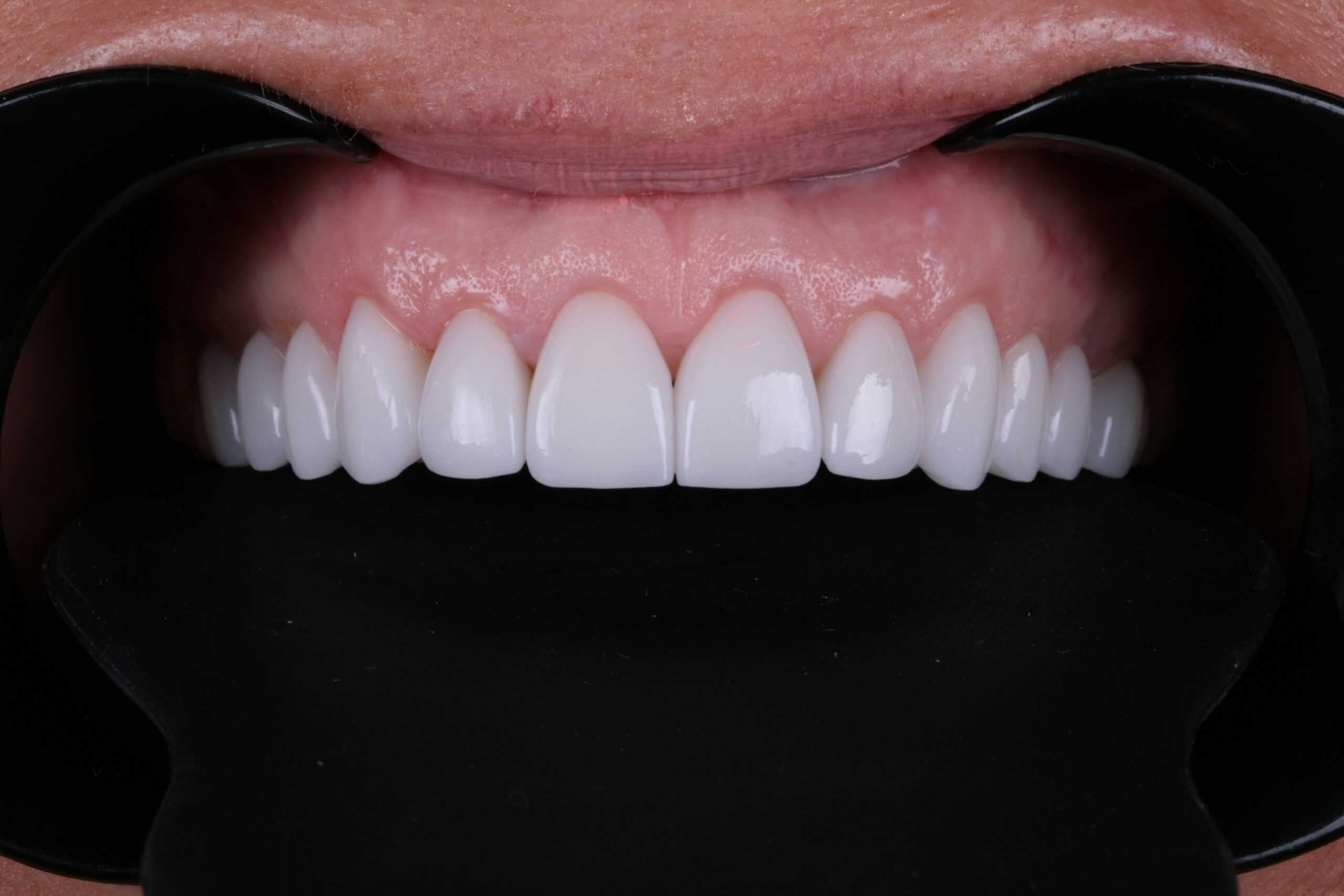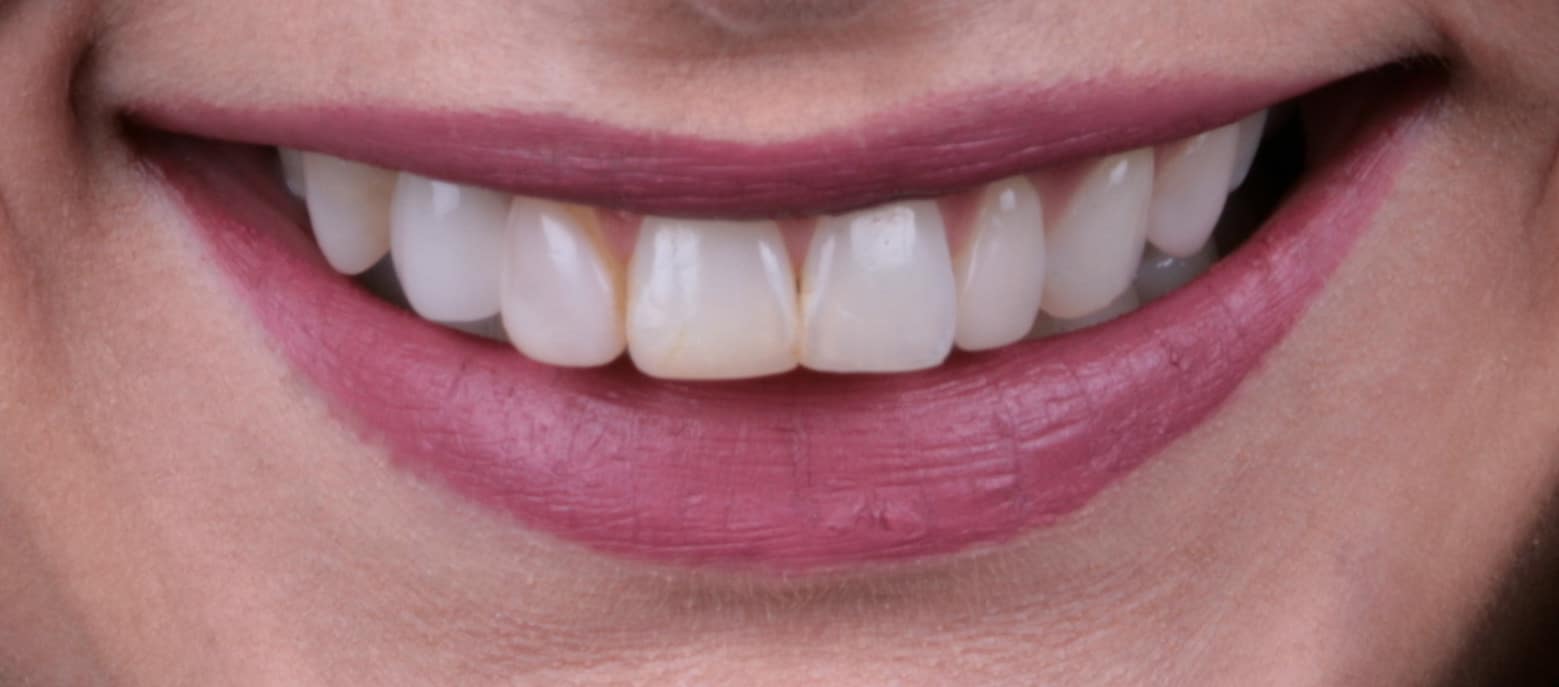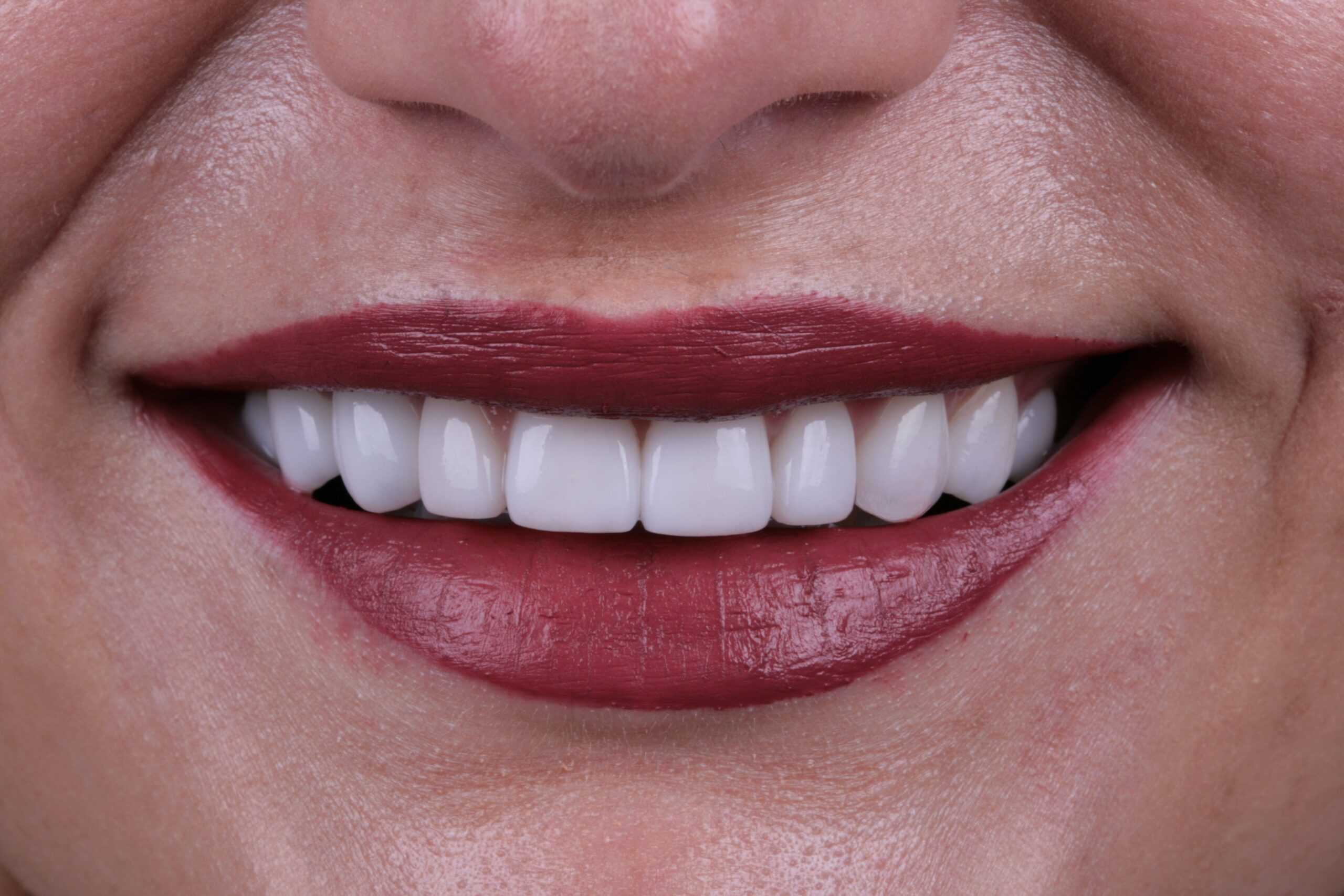Wisdom teeth; we all have them, but many of us often wonder what their purpose is. Most people have them removed during their teen years, due to the rather large size they can grow to. Pain caused by lack of space is the main reason dentists remove wisdom teeth. Other than being discomforting and leaving a scary impression on those who fear the dentist’s office, do these teeth have a purpose? Well, yes and no. Depending on how they come into the mouth, they can be of use to people. Unfortunately, most are improperly aligned and will need removal.
What are Wisdom Teeth & How Did They Get Their Name?
Wisdom teeth are actually the 3rd set of molars that all people receive. They come in last, which for most people tends to be during the late teens and early 20’s. The name “wisdom teeth” has thus been given, although one could contend that most people are not the wisest at this age! They used to serve a very valuable purpose, but as the times have changed, they are no longer needed (for the most of us). Mankind used to eat very hard foods, and these molars assisted in the chewing and grinding operation. Wisdom teeth came into effect when the other teeth were worn away, and as such were a necessity. Nowadays, the food we eat is much easier on our mouths; we keep all of our originals, which means these third molars do not fit well.
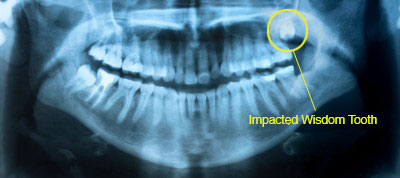
Types of Wisdom Teeth
Dentists classify wisdom teeth into three categories, depending on how well they surface.
- The erupted type are rare; they are positioned perfectly in the mouth and do not require removal (although doing so is an option).
- With partially erupted wisdom teeth, only a portion of the tooth is visible.
- The last sets are the impacted versions; these stay stuck inside the jaw line. They are not positioned correctly and can cause severe pain.
Partially erupted and impacted wisdom teeth should be removed to lessen the strain on the jaw and mouth. Unless you eat very hard or coarse foods, these are no longer necessary for survival.




